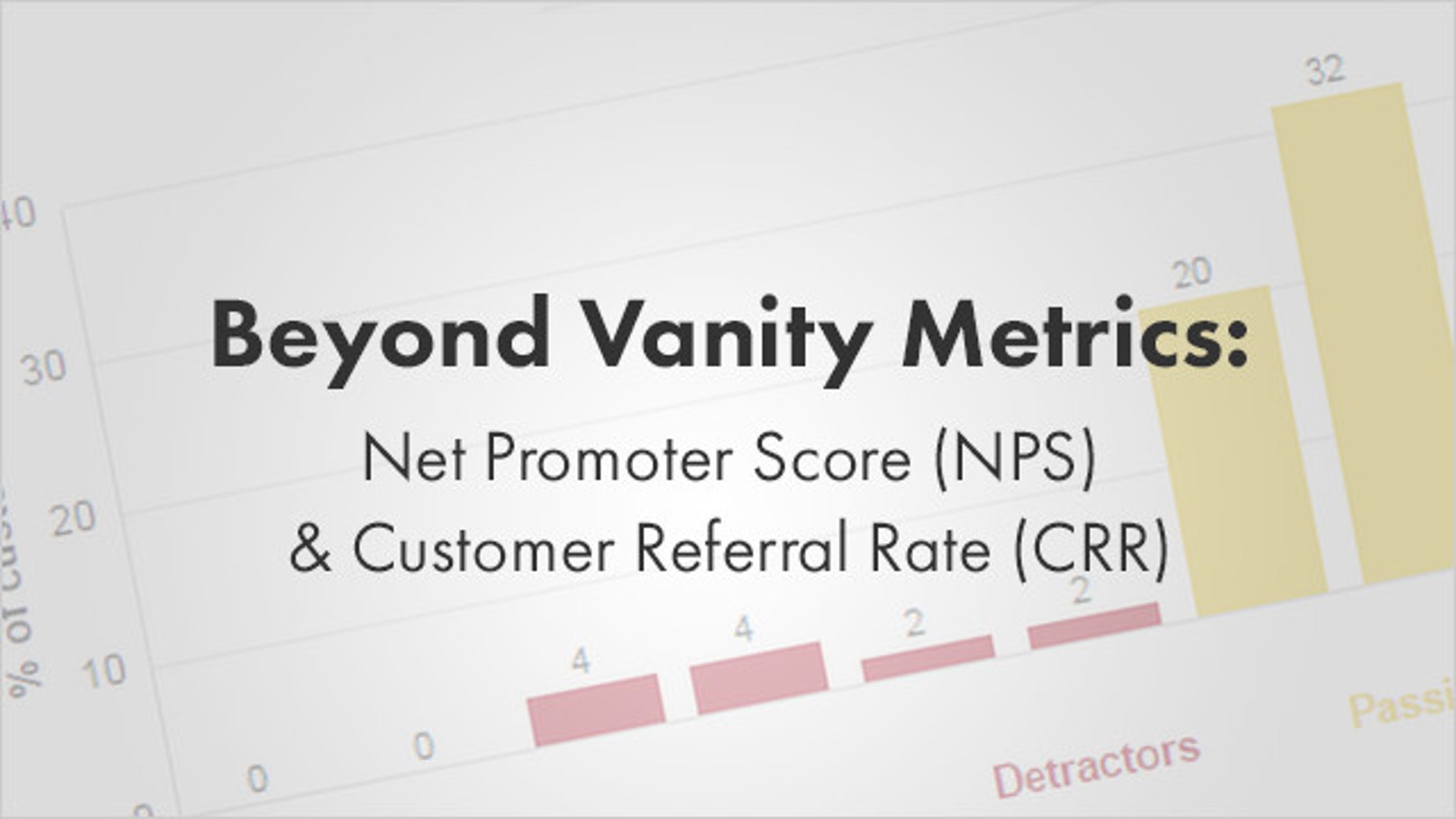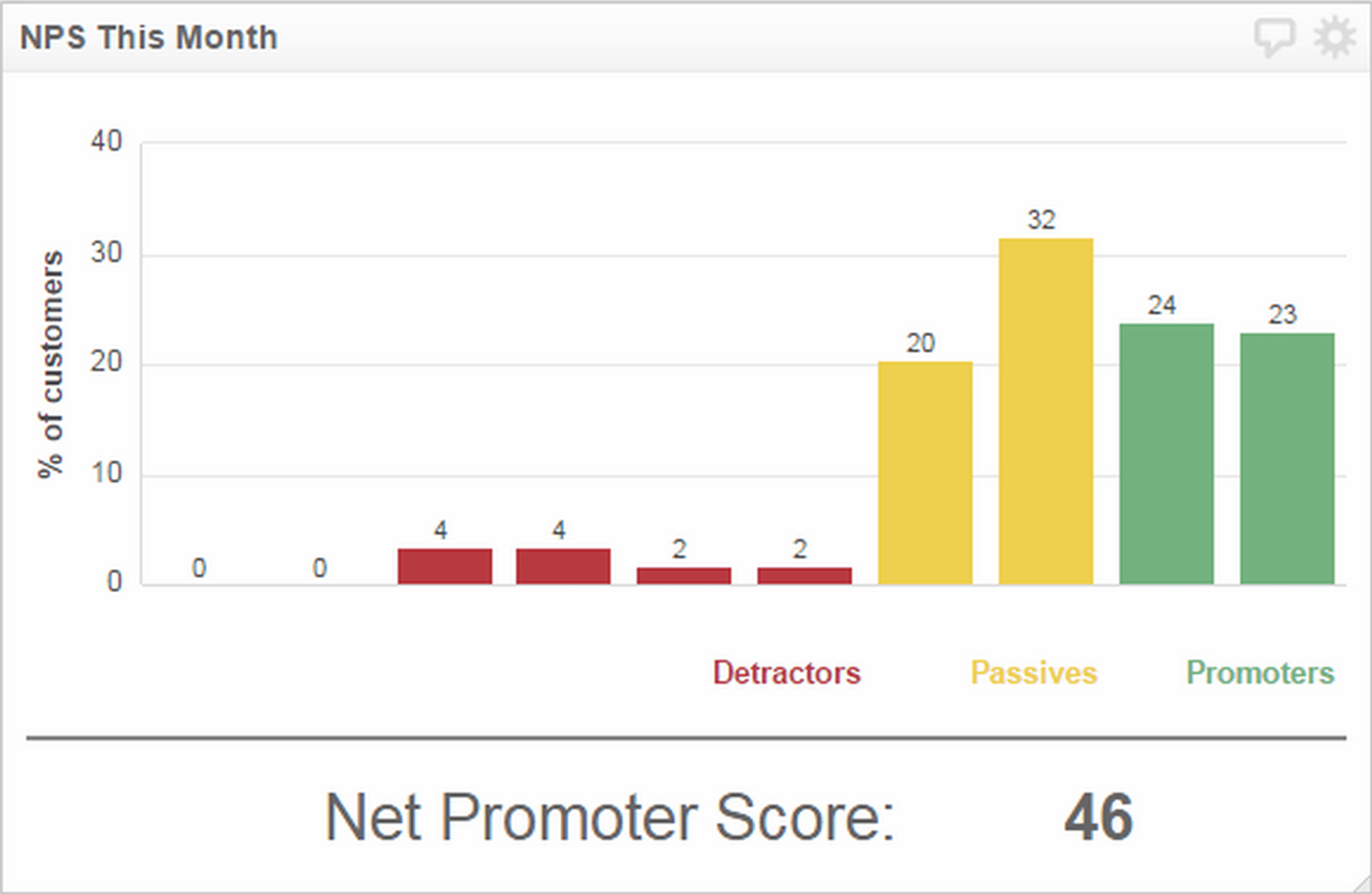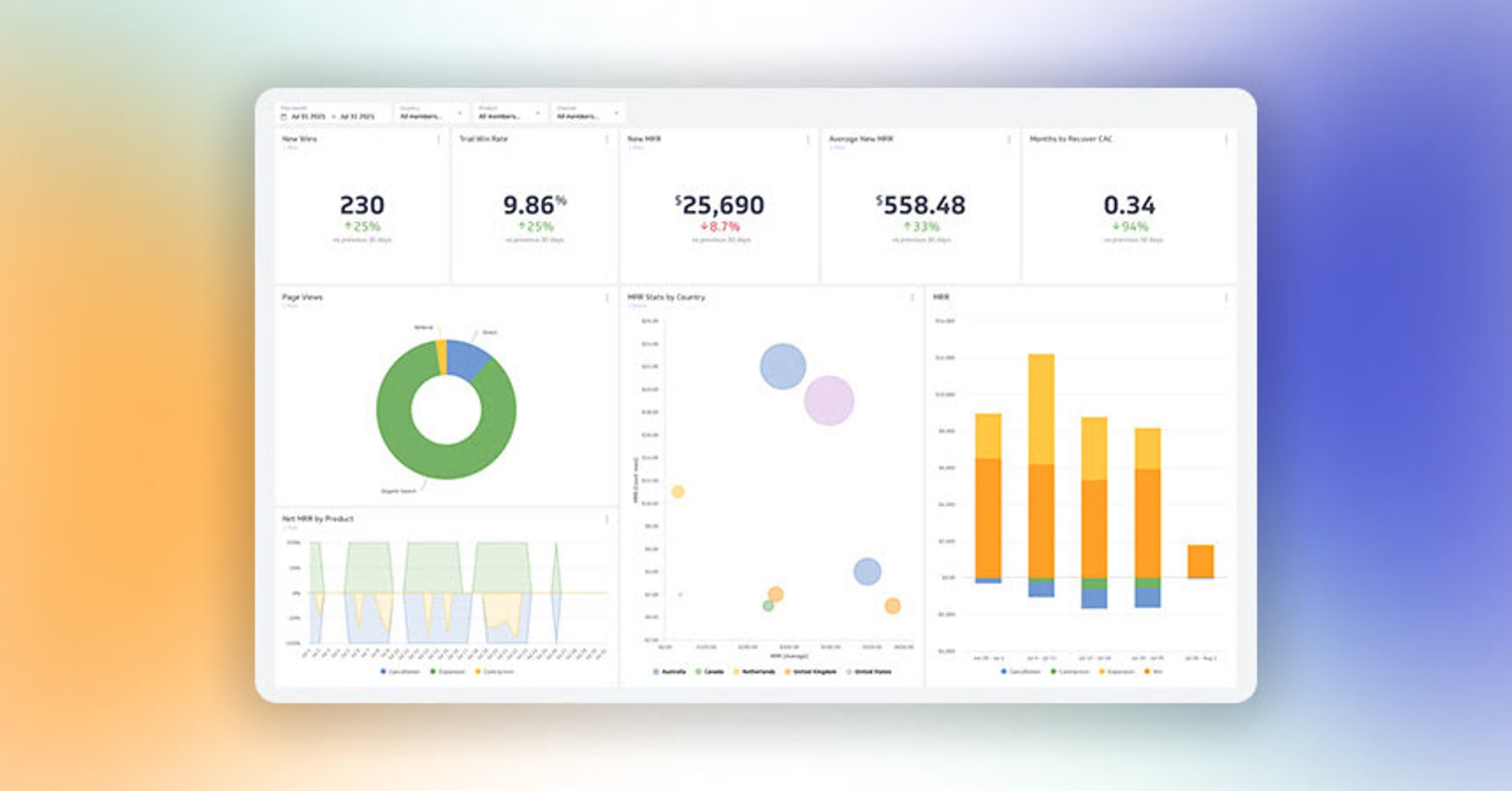Beyond Vanity Metrics: Net Promoter Score (NPS) & Customer Referral Rate (CRR)

Published 2023-03-21
Summary - Net Promoter Score can be a powerful KPI for your business if it incites action.
“A recommendation is a sacred thing...most people consider their reputation to be their legacy. If they feel so good about an organization that they are willing to stake their reputation on it, that company has touched their life.” - Fred Reichheld, creator of the NPS system1.
Net Promoter Score® or NPS® is a measure of a customer base’s willingness to promote a product or service to colleagues and friends. It’s based on the results of a current customer survey that asks (on a scale from 1-10): “how likely is it that you would recommend brand X to a friend or colleague”? Responses are grouped as follows: 10s and 9s are brand ‘Promoters’, 8s and 7s are ‘Neutrals’, and responses below 7 are brand ‘Detractors’.
Net Promoter Score is calculated by subtracting the proportion of Promoter scores from the proportion of Detractor scores. For example:
- Detractors: 6 (4.8%)
- Neutrals: 64 (51.2%)
- Promoters: 55 (44%)
- Total: 125 (100%)
Net Promoter Score = 44% - 4.8% = 39.2
NPS has grown to be an incredibly popular KPI among marketing and customer support departments, valued for its simplicity and for its focus on customer satisfaction and loyalty as the key measures of organizational performance. NPS can be an especially important metric to organizations focused on growth through account expansion or referrals; the “Viral Engine of Growth” in Eric Ries’ terms.
However, absent a plan to monitor and act on information obtained through net promoter scoring, NPS is useless and you’ve disrupted your customer base for no good reason. To be useful, net promoter scoring should start by answering two related questions: (1) why are we asking? and (2) what will we do with this information? Most organizations will use an initial NPS survey as a benchmark, and track subsequent NPS surveys to measure ebbs and flows in customer sentiment over time. Having clear visibility into changes in NPS over time enables action when customer satisfaction/loyalty drops significantly. A climbing NPS score is an indication that customer experiences are improving, so you should keep doing what you’re doing.
At a more granular level, there are benefits of tracking, listening to, and engaging individual Promoters and Detractors: Promoters are great brand ambassadors and they should be put on Marketing’s radar for engagement. Detractors should be engaged by Customer Support in an effort to improve their customer experience, and reduce customer churn.
Perhaps the best insights and the most powerful benefits of net promoter scoring come when you combine NPS with related KPIs such as Customer Retention Rate and Customer Referral Rate. If NPS has been falling for the past two quarters, you should expect to see a climb in customer churn and a reduction in account expansions and referrals. On the other hand, as NPS climbs, you would expect to see rising customer referral, retention and expansion rates. Measuring the relationships between these metrics can help optimize performance over time.
Here’s two samples of NPS Klips we’re experimenting with at Klipfolio (A ‘Klip’ is our term for a visualization that places data in context and delivers business insights):

Net Promoter Score is a potentially powerful marketing metric that can help businesses stay on their growth path, but without a plan to monitor and act on NPS results, it's just another vanity metric. Get the most out of this KPI from the start by asking yourself how you will use it to improve your business.
1Fred Reichheld, creator of the NPS system, Fellow at Bain & Company, and author of The Ultimate Question 2.0 NOTE BELOW ARTICLE: quoted in an interview with Influitive’s Jillian Wood: http://bit.ly/1IvBjzc
Also see:
Beyond Vanity Metrics: Share of Influence Vs. Share of Voice
Related Articles

17 KPIs Every Data-Driven Manager Needs to Lead Their Team
By Danielle Poleski — October 14th, 2025
7 ways to present KPIs that your management team will love
By Danielle Poleski — September 25th, 2025
12 Important Sales Enablement Metrics You Shouldn't Miss
By Grace Lau — September 19th, 2025

